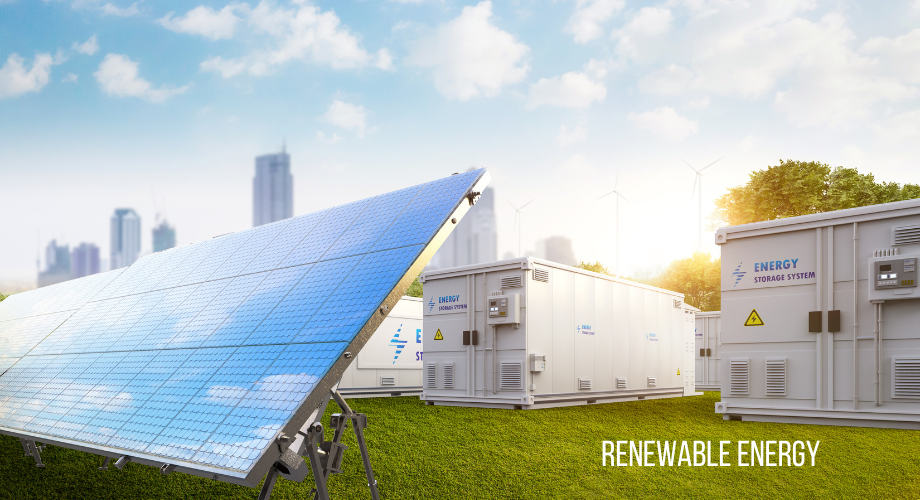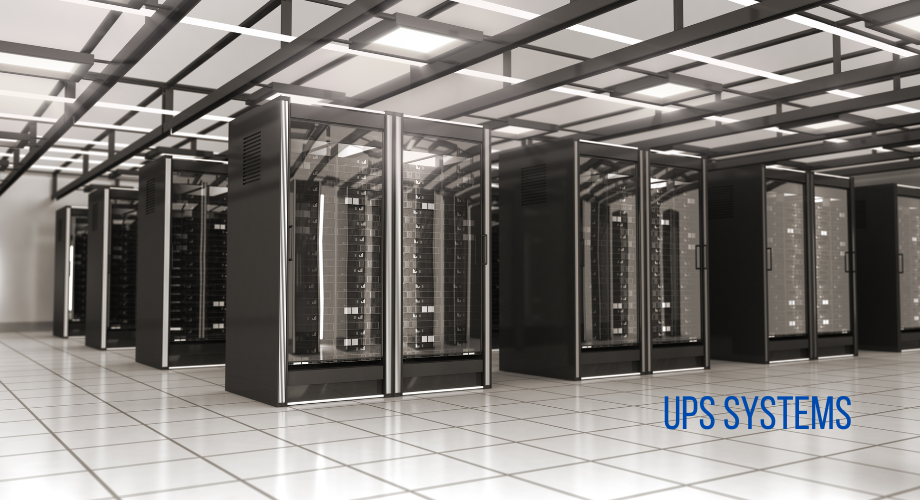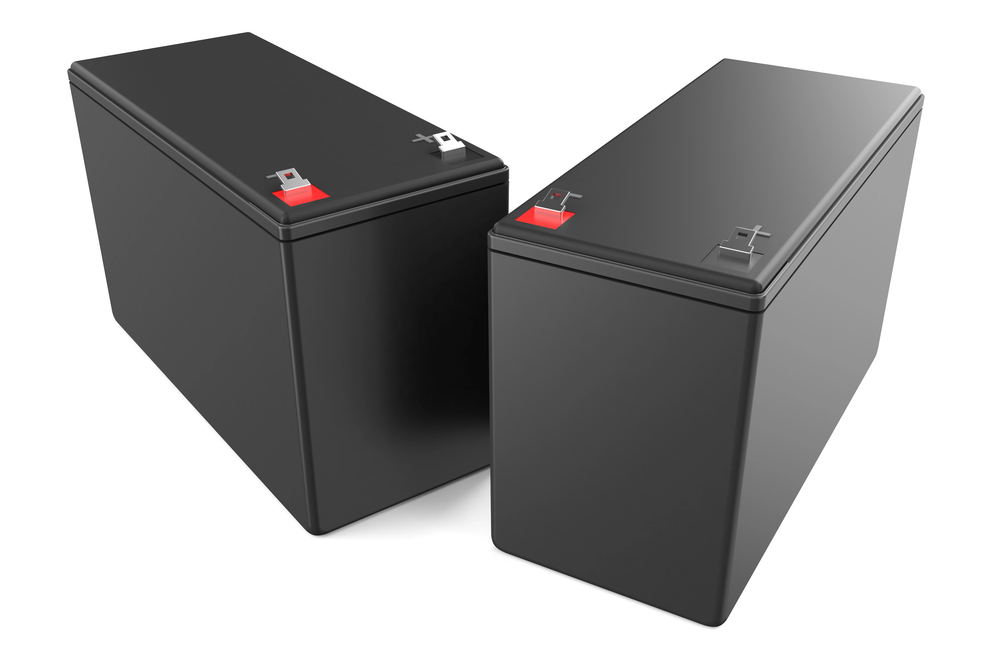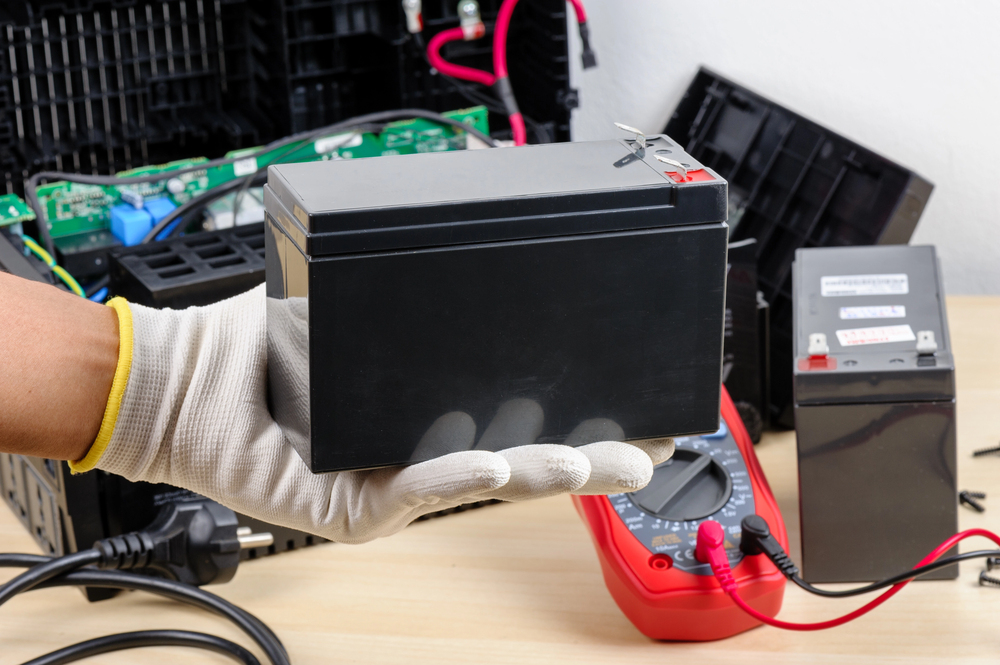Integrating Renewable Energy Sources with UPS Systems

Renewable energy sources like solar and wind power are becoming important to sustainable energy strategies. They provide an eco-friendly alternative to fossil fuels, reducing carbon footprints and promoting energy resilience. For facilities dependent on uninterruptible power supply (UPS) systems to ensure business continuity, integrating renewable energy sources is both an environmental and economic game-changer.
Combining UPS systems with
renewable energy sources creates a dependable power infrastructure that meets modern energy demands while minimizing impact on the environment. This combination makes sure that operations remain functional during blackouts or power disruptions. However, to implement this solution effectively, businesses must understand both the benefits and challenges involved.
Why Integrate Renewable Energy with UPS Systems?
UPS systems, traditionally fed by grid power or dedicated generators, serve two primary purposes—maintaining seamless power during outages and protecting sensitive equipment from voltage fluctuations. When renewable energy is added into the equation, the system becomes not just a backup solution but a sustainable powerhouse.
Here are some reasons why integration makes sense:
- Environmental Benefits: Renewable energy reduces greenhouse gas emissions. Solar panels or wind turbines paired with UPS systems allow businesses to consume clean energy rather than relying fully on grid electricity, which could be sourced from fossil fuels.
- Cost Savings: Over time, renewable energy sources significantly reduce operational costs by lowering electricity bills and decreasing dependency on expensive, non-renewable fuel sources like diesel for generators.
- Energy Independence: Facilities that integrate renewable energy with storage systems gain greater energy independence, ensuring they’re prepared for power grid disruptions or energy price spikes.
- Improved Reliability: Renewable sources, in combination with a UPS, can create a hybrid system that allows real-time adjustments to meet energy demands, making energy availability more reliable.
Challenges to Consider
While the advantages are clear, there are hurdles to overcome when integrating renewable energy systems with UPS systems. These challenges must be addressed for the system to run efficiently:
- Intermittency of Renewable Sources:
Renewable energy isn’t always available—solar panels don’t generate power at night, and wind turbines need consistent wind. This intermittency makes it critical to have robust energy storage solutions like batteries paired with UPS units.
- Cost of Initial Setup:
The installation of solar panels, wind turbines, and the infrastructure needed to connect them to UPS systems requires significant investment upfront. Businesses may need to seek incentives or grants to offset these costs. - Technical Complexity:
Not all UPS systems are designed to accept power from renewable sources. You’ll need compatible hardware, practical design, and technical expertise to make sure there is smooth integration. - Scalability and Future Demand:
Businesses should make sure that the renewable UPS setup can not only handle current loads but scale as the organization grows. Systems that aren’t prepared for expanded energy needs may underperform over time.
Practical Steps for Integration
If you're considering integrating renewable energy with a UPS system, careful planning and execution are key. Here are actionable steps for businesses to follow:
1. Assess Energy Needs
Evaluate your current power requirements and identify how renewable energy can help meet those needs, whether it’s to reduce overall energy consumption, ensure backup power, or both. Analyze peak energy demands to determine the scale of renewable energy sources required.
2. Choose the Right Renewable Source
Solar energy is often the most popular choice due to its efficiency and the consistency of sunlight in many regions. However, wind energy might be more effective for locations with steady wind conditions. Some facilities even combine the two for a diversified energy portfolio.
3. Upgrade to Compatible UPS Units
Not all UPS systems can integrate directly with renewable energy. Opt for systems designed to support hybrid setups, which allow for seamless switching between renewable sources, the grid, and stored power when needed.
4. Invest in Batteries for Energy Storage
Energy storage is critical to overcoming the intermittency challenge of renewable energy. High-capacity batteries, such as lithium-ion options, work in tandem with UPS systems to store surplus energy and release it on demand. This makes sure that there is an uninterrupted flow of power even when renewable sources aren’t generating.
5. Monitor and Optimize
Once the system is installed, actively monitor energy performance. Advanced energy management systems help analyze efficiency, identify performance gaps, and make real-time adjustments to optimize how power is distributed between renewable sources and the UPS.

Real-World Example of Integration
A great example of renewable integration with UPS systems can be found in large-scale data centers. Data centers rely on consistent power to maintain servers, and even a brief outage could result in data loss or downtime. For example, a tech company used a combination of solar power and UPS systems paired with lithium-ion batteries to achieve high energy reliability. The result? An uninterrupted power supply even during grid outages, lower operating costs, and a significant reduction in their overall carbon emissions.
Another real-world implementation has occurred in hospitals. Many medical facilities now use hybrid systems where rooftop solar panels feed power into battery storage and UPS systems, ensuring critical medical equipment continues functioning even during prolonged grid outages.
The Future of Renewable-UPS Systems
The integration of renewable energy sources with UPS systems is set to become the new standard for energy infrastructure. Advances in battery storage technology, artificial intelligence-driven energy management systems, and decreasing costs for renewable installations herald a future where these systems will be accessible to more industries at scale.
Given the dual benefits of sustainability and reliability, businesses across sectors—from healthcare and IT to manufacturing—should consider this solution as they explore options for modernizing their energy infrastructure.
By taking the jump to integrate renewable resources with UPS systems, companies will not only secure their operations against power disruptions but also lead the way in creating a greener and more sustainable energy future.

PAUL GOMMO
pgommo@uptronix.com
Paul is an industry veteran with over 40 years’ experience working on Mission Critical Power Systems. He began his career in 1979 working as a Field Service Engineer for KW Control Systems, Inc. His primary responsibilities included start-up, commissioning, maintenance and emergency service on rotary power systems manufactured by Piller. Paul performed the successful start-up and commissioning of the first Uniblock Uninterruptible Power System installed in North America, manufactured by Piller. Paul attended factory training on GE, Cyberex, Mitsubishi, Gamatronic, Controlled Power, Piller, Kohler and Baylor UPS systems. You can find Paul on Linkedin
Uptronix Corporate Headquarters
505 Industrial Dr., Woodstock, GA 30189
Contact
24-Hour Emergency Service
1-800-356-7394




